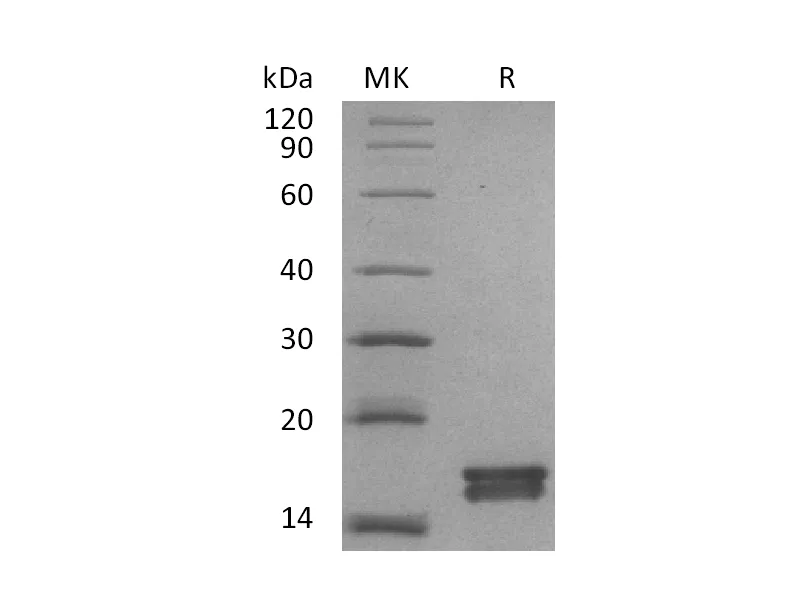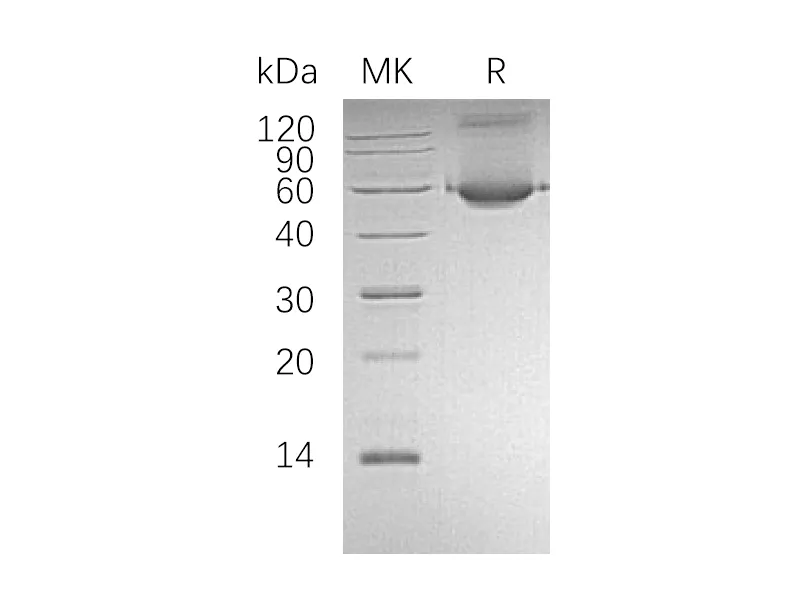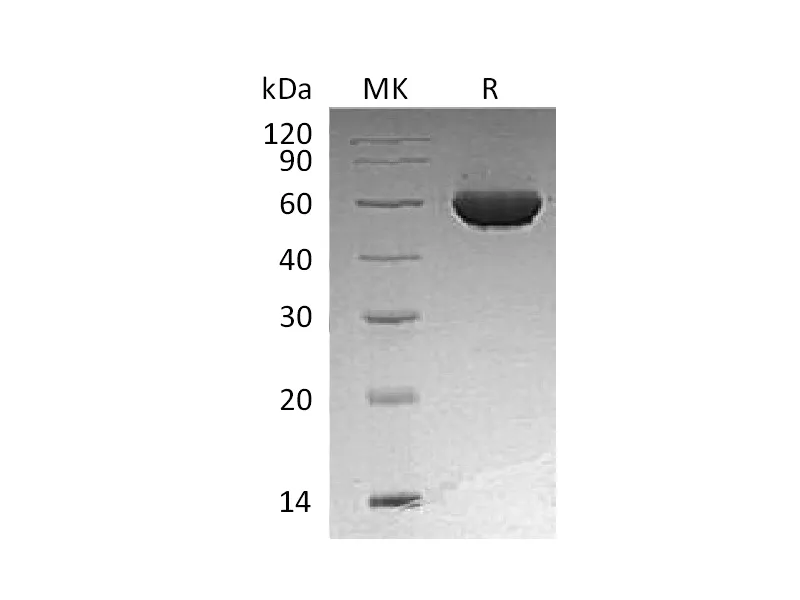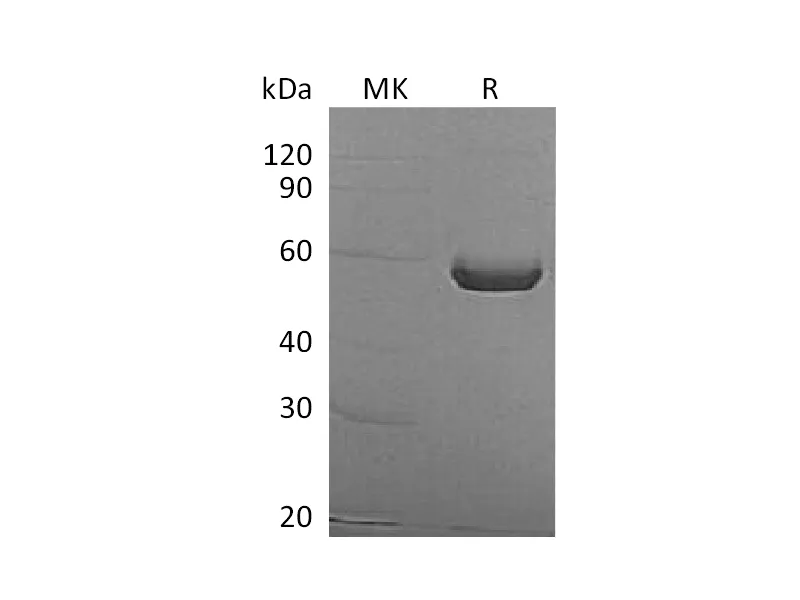Alternative Names
Zinc Finger and BTB Domain-Containing Protein 17; Myc-Interacting Zinc Finger Protein 1; Miz-1; Zinc Finger Protein 151; Zinc Finger Protein 60; ZBTB17; MIZ1; ZNF151; ZNF60
Background
Zinc Finger and BTB Domain-Containing Protein 17 (ZBTB17) belongs to the Kruppel C2H2-type zinc finger protein family. ZBTB17 may function as a housekeeping DNA-binding protein that regulates the expression of specific genes, it has been shown to bind to the promoters of adenovirus major late protein and cyclin D1 and activate transcription. ZBTB17 may has growth arrest activity, probably through inhibition of cell cycle progression. ZBTB17 required for early embryonic development during gastrulation. ZBTB17 induces cell arrest at G1, an effect mediated by its activation of the gene coding for P15INK4b. This effect is blocked by Myc, which displaces transcriptional coactivators bound to ZBTB17. Although the downregulation of ZBTB17 may contribute to Myc-induced cell transformation, the de-activation of ZBTB17 is absolutely essential for Myc-induced apoptosis.
Note
For Research Use Only , Not for Diagnostic Use.




